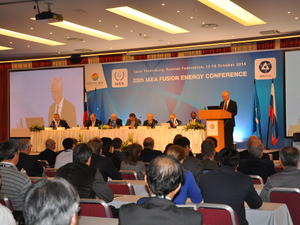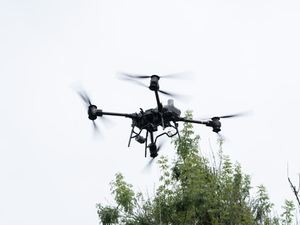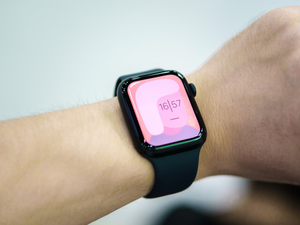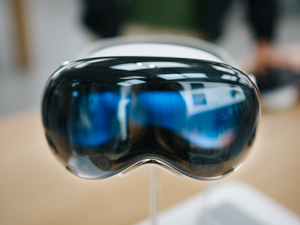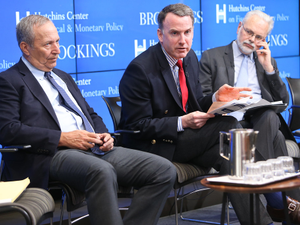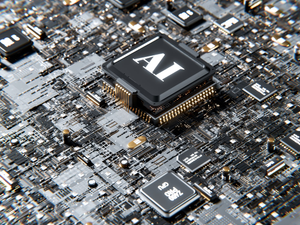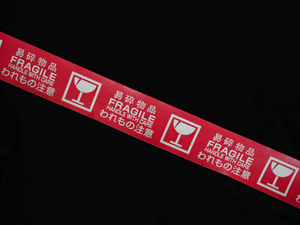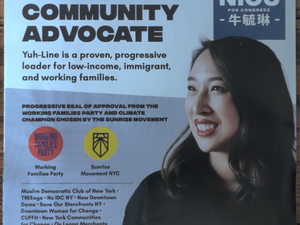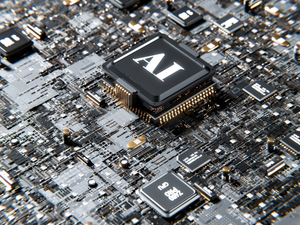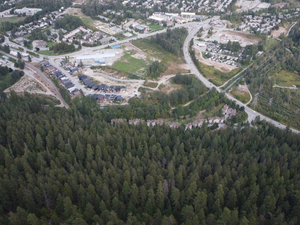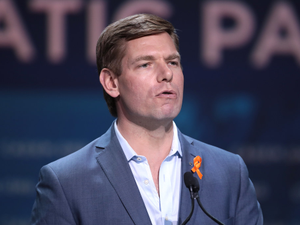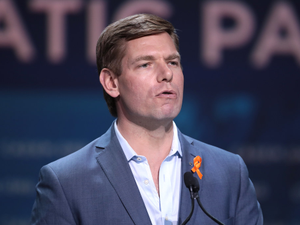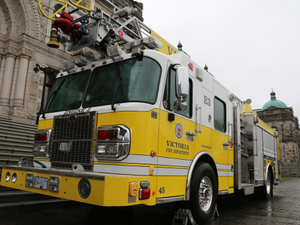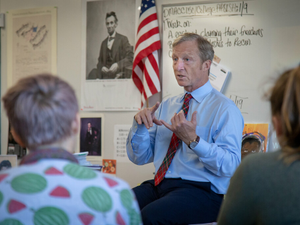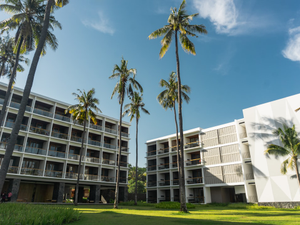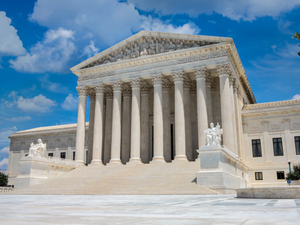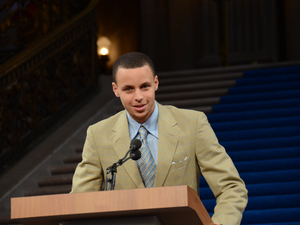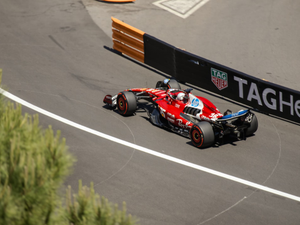H-1B Visa Changes: How Trump's New Policies Could Reshape Silicon Valley's Tech Landscape
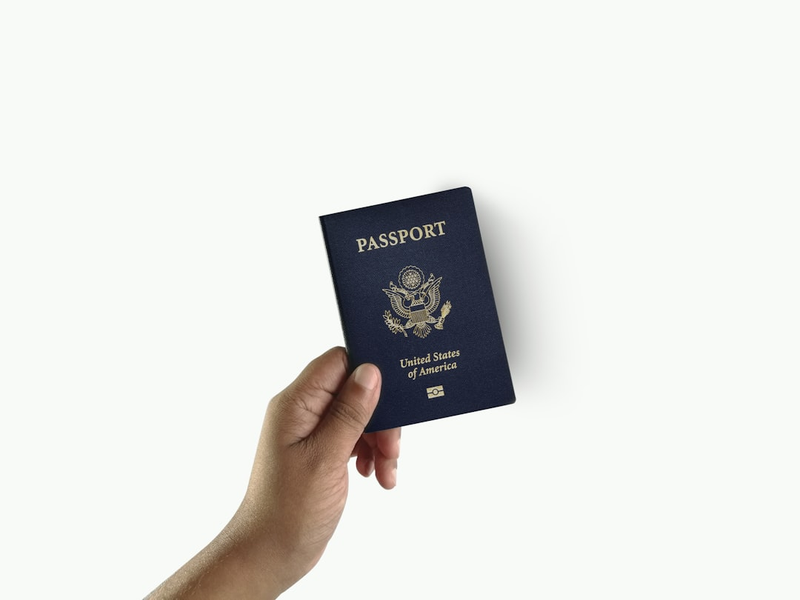
Photo by Global Residence Index on Unsplash
Silicon Valley is facing unprecedented challenges as the Trump administration implements new policies that could dramatically alter the tech industry’s workforce and international relationships.
The latest move involves introducing substantial $100,000 fees on H-1B visa applications, a policy that threatens to disrupt the tech sector’s reliance on international talent. These new fees disproportionately impact smaller companies, while larger tech giants can absorb the additional costs.
Tech workers and unions are pushing back against these changes, arguing that immigrants are crucial to the industry’s innovation and success. High-profile tech leaders like Sundar Pichai, Elon Musk, and Satya Nadella – all former H-1B visa holders – represent the significant contributions of international talent to American technology.
Beyond visa restrictions, the administration has implemented additional controversial measures. These include taking a 15% cut of chip sales to China from companies like Nvidia and AMD, and threatening 100% tariffs on semiconductor imports from companies not committed to U.S. manufacturing.
Experts warn that these policies could have long-term negative consequences. Stanford professor Mark Lemley suggests that such restrictive measures might drive tech companies to hire international talent outside the United States, potentially undermining America’s technological leadership.
The impact extends beyond immediate economic concerns. Tech industry professionals are experiencing increased uncertainty, with workers worried about job security, AI’s potential to replace human labor, and the shifting political landscape.
As Silicon Valley navigates these complex challenges, the tech community remains divided. Some see these policies as necessary protectionism, while others view them as potentially destructive to the innovative ecosystem that has made the region a global technology hub.
The coming months will be critical in determining how these policies reshape the tech industry’s future, its workforce, and its global competitiveness.
AUTHOR: rjv
SOURCE: CalMatters



